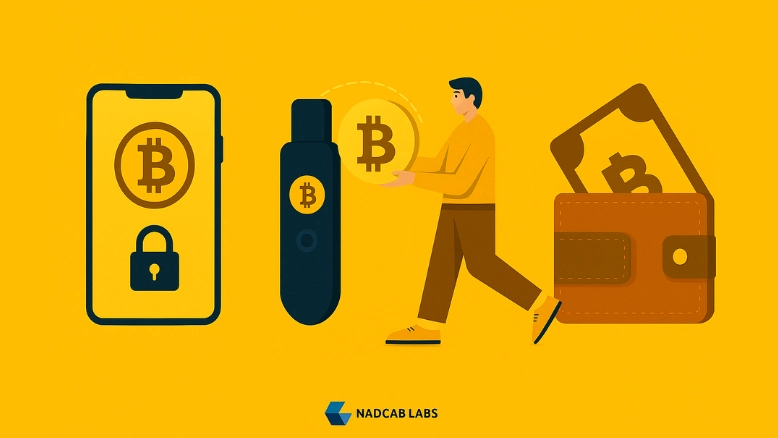
In the world of decentralized finance (DeFi), liquidity is more than just a buzzword, it’s the lifeblood of the entire ecosystem. Without it, DeFi protocols cannot operate efficiently, traders face slippage, and the overall user experience deteriorates. Understanding how liquidity functions in DeFi protocols, and how to manage it effectively, is crucial for both developers and users.
Decentralized Finance, or DeFi, has revolutionized the way financial transactions are conducted, eliminating the need for traditional intermediaries like banks. A key factor in the success of DeFi is the efficient management of liquidity. Without adequate liquidity, DeFi platforms cannot function optimally. We will delve into how Nadcab Labs, a leading DeFi Protocol Developer , employs advanced algorithms and strategies as a DeFi protocol solution to optimize liquidity provision in DeFi protocols, thereby enhancing efficiency and stability.
Understanding Liquidity in DeFi
Before diving into the mechanisms employed by Nadcab Labs, it is essential to understand what liquidity means in the context of DeFi. Liquidity refers to how easily assets can be bought or sold in the market without affecting their price. In DeFi, liquidity is crucial as it impacts transaction execution, price stability, and overall market health.
Challenges of Liquidity Management in DeFi
-
Volatility:
Cryptocurrency markets are notorious for their high volatility, which makes liquidity management complex and risky.
-
Fragmentation:
Liquidity in DeFi is often spread across multiple platforms, making it difficult to manage efficiently.
-
Security Risks:
Managing large amounts of liquidity can attract security threats, posing a risk to both users and platform operators.
-
Regulatory Uncertainty:
The lack of clear regulatory guidelines often complicates liquidity management in DeFi platforms.
Nadcab Labs Approach to Liquidity Management Advanced Algorithms
Nadcab Labs employs advanced algorithms to optimize liquidity. These algorithms analyze real-time data from various sources to predict market trends and user behavior. This predictive analysis allows the platform’s DeFi Protocol Development Services to dynamically adjust liquidity pools, ensuring optimal liquidity levels at all times while also mitigating risks such as Liquidation Penalty.
Automated Market Making (AMM)
Automated Market Making is a critical component of Nadcab Labs’ liquidity management strategy. AMMs use mathematical formulas to price assets and automatically facilitate trades between users. By employing AMM, Nadcab Labs can ensure that there is always sufficient liquidity available for trades, thus eliminating the delays and inefficiencies associated with traditional order book systems.
Liquidity Pools
Liquidity pools are at the heart of Nadcab Labs DeFi Protocol solutions. These pools collect assets from multiple investors, providing a large reserve of assets that can be easily accessed for trades. By aggregating assets, Nadcab Labs can offer higher liquidity, lower transaction fees, and better price stability.
Yield Farming and Staking
Nadcab Labs offers yield farming and staking options to incentivize users to contribute to liquidity pools. Yield farming involves lending crypto assets to earn interest or rewards, while staking allows users to lock up their assets in a pool to support network operations. Both methods help increase liquidity, making the platform more robust and reliable.
Security Measures
Given the high stakes involved in liquidity management, Nadcab Labs prioritizes security to protect its liquidity pools. The platform employs multiple layers of security, including encryption, multi-signature wallets, and regular audits by independent cybersecurity firms. These measures ensure that the assets in the liquidity pools are safe from malicious attacks and other security threats.
Conclusion
In conclusion, Nadcab Labs employs a multifaceted approach to manage liquidity in DeFi, utilizing advanced algorithms, automated market making, and robust security measures. The company’s focus on user education and integration with other DeFi platforms further enhances its ability to provide a stable and efficient DeFi Protocol Solution. As the landscape of decentralized finance continues to evolve, Nadcab Labs remains committed to pioneering advanced DeFi Protocol Development that ensures optimal liquidity management.






